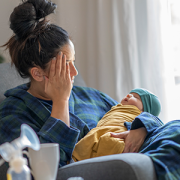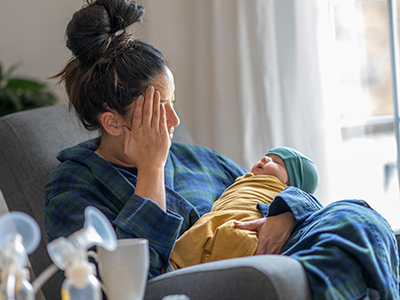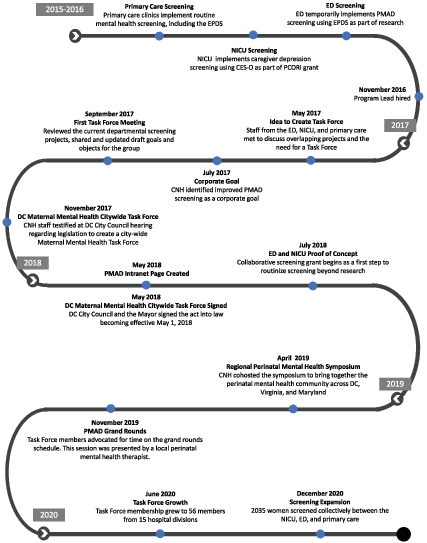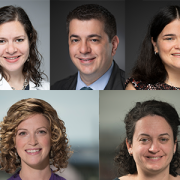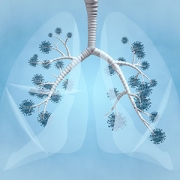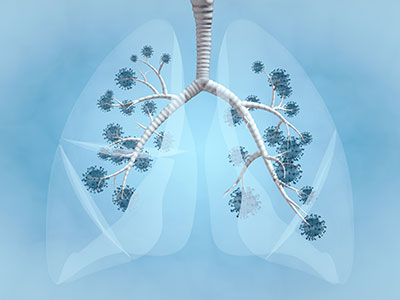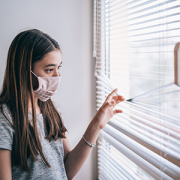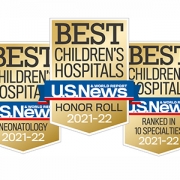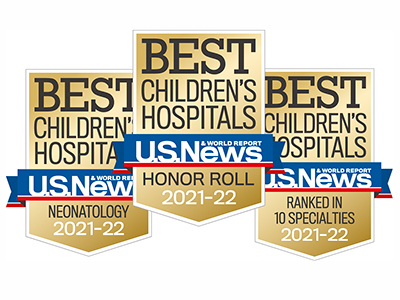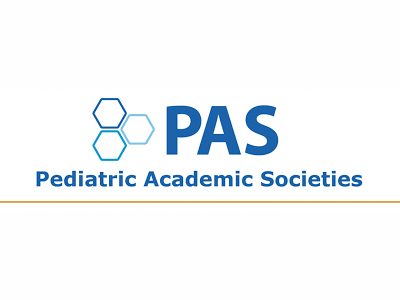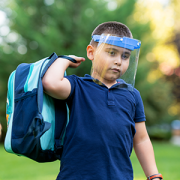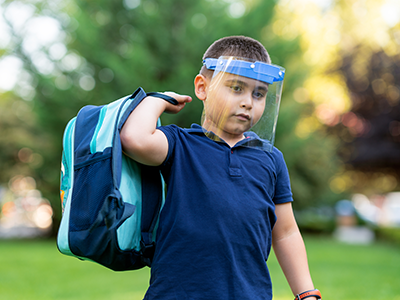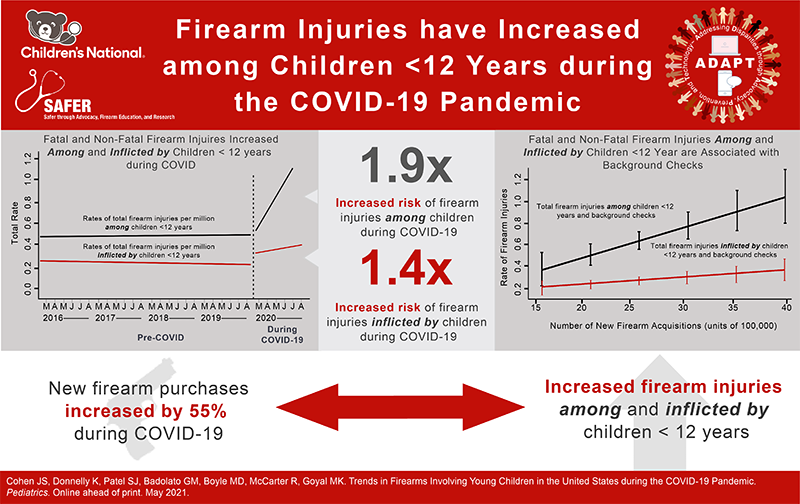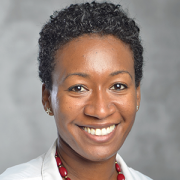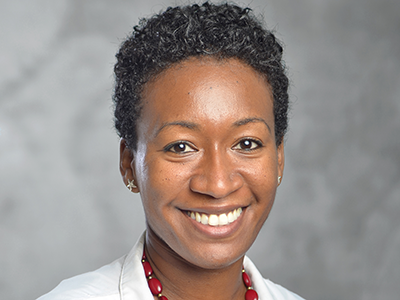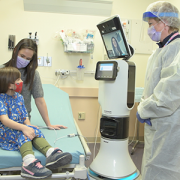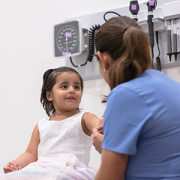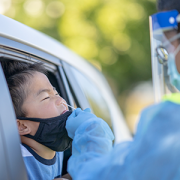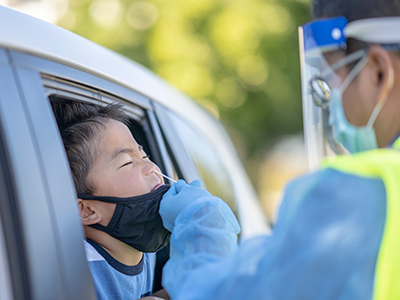Monika Goyal, M.D., recognized as the first endowed chair of Women in Science and Health
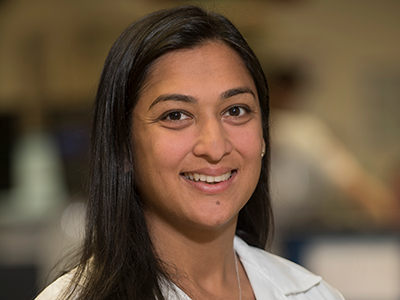
Dr. Goyal’s tireless efforts continue to push boundaries.
Children’s National Hospital named Monika Goyal, M.D., M.S.C.E., associate chief of Emergency Medicine, as the first endowed chair of Women in Science and Health (WISH) for her outstanding contributions in biomedical research.
About the award
Women have long been underrecognized in science. The WISH endowed chair, provided by the Children’s National Research Institute, hopes to change this, explained Vittorio Gallo, Ph.D., interim chief academic officer at Children’s National.
“Recent research shows that women academics in medicine are less likely to hold an endowed chair position than their male peers,” he said. “Therefore, it is crucial our institutions fully commit to exceptional women researchers by providing strong support and recognizing their accomplishments and contributions.”
Several influential women in health and science from across Children’s National strongly supported Dr. Goyal’s nomination, including Joelle Simpson, M.D., Naomi Luban, M.D., Catherine Bollard, M.D., M.B.Ch.B., Randy Streisand, Ph.D., Lisa Guay-Woodford, M.D., and Denice Cora-Bramble, M.D., M.B.A.
The big picture
With a track record of research focused on health equity – including studies on racial inequities in managing pain in the emergency department, racial and socioeconomic disparities in COVID rates among children, and development of interventions to mitigate disparities in sexual health outcomes for youth – Dr. Goyal’s tireless efforts continue to push boundaries. Her research shines a spotlight on the toll of racism, bias and discrimination on the health of children.
“I am inspired by how far we’ve come yet humbled by how far we have yet to go,” Dr. Goyal said. “I hope to continue to be part of the movement that works to achieve equity both in health care outcomes as well as in our workforce.”
What they’re saying
After being named the first endowed chair of WISH, Dr. Goyal said she felt hopeful that times are changing and women are increasingly being recognized for their accomplishments.
“I am grateful for all the mentors and sponsors who have helped clear the path for me and excited to continue on this journey, helping pave new roads and build new bridges for all those who are on their way,” she said.
Dr. Goyal has been a trailblazer and has shone a spotlight on the power of pediatric emergency medicine, said Dr. Simpson, division chief of Emergency Medicine at Children’s National.
“She not only touches the lives of her patients though her research, but she’s a mentor to her colleagues and trainees,” she added. “Part of being recognized as a leader woman in science and health is symbolic of what others can achieve in this career when you’re passionate about what you do.”
Dr. Cora-Bramble, chief diversity officer at Children’s National and one of Dr. Goyal’s mentors, said she has proudly watched her mentee blossom. According to Dr. Cora-Bramble, Dr. Goyal blends unique skills as a brilliant child health equity researcher and a passionate advocate for those impacted by her work.
“Monika has earned this honor,” she said. “She is unrelenting in her quest to answer vexing questions and can communicate, at times troubling, findings from her research fluently and transparently.”







